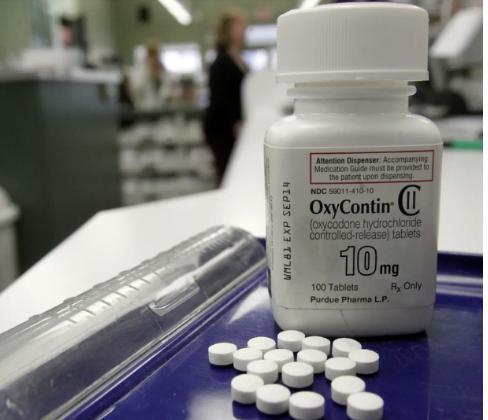

Thanks to a thoroughly misguided move by federal drug bureaucrats, many Americans are going to have to live with needless pain.
In an ill-conceived effort to address narcotic abuse, the Food and Drug Administration has come up with a plan that will hit hard at people genuinely in need of pain relief. And ironically, it may very well make the drug abuse problem worse, not better.
The new regulations will raise hydrocodone (the narcotic found in Vicodin) from a Schedule III drug to Schedule II — the most restrictive category for any approved drug. As a result (among many other restrictions), doctors will no longer be able to phone a pharmacy to prescribe even a small emergency supply of any narcotic — the only effective medication for moderate-to-severe pain. (Non-narcotic pain relievers — the next available option — don’t even touch severe pain.)
Instead, the patient will have to physically get the prescription and bring it to the drugstore. Which will not be especially wonderful when it’s 3 a.m., the Vicodin prescribed after your oral surgery has run out, and your only choice is a night of extreme suffering or a trip to the ER.
The change will bring several short-and long-term consequences — all bad:
– The impact on people suffering from serious pain will be profound, especially for people living with severe, chronic pain, such as cancer patients who, if undertreated, will suffer enormously and needlessly.
– The shift effectively turns all doctors into potential suspects as drug pushers, so many will become more reluctant to write legitimate prescriptions for narcotics for fear of getting on a list — and you better believe there’ll be one.
– Drug abusers will get their fixes one way or another. If they can’t get Vicodin, they’ll find something worse.
That’s exactly what happened with OxyContin, a high-dose, time-release version of oxycodone (the narcotic in Percocet).
“Oxy” became a very popular drug of abuse since it contains 8 to 16 times the amount of oxycodone found in one Percocet. Addicts found out that they could get around the time-release properties by simply grinding up the pill, thus getting the entire dose at once.
So in 2010, Purdue Pharma, the makers of OxyContin, came up with an essentially foolproof formulation that prevented abuse. But a 2012 New England Journal of Medicine study examined subsequent narcotic use in drug-treatment centers in 39 states; it concluded that although Oxy abuse had dropped sharply, heroin use had doubled.
That didn’t work out all that well, did it?
Janet Woodcock of the FDA recently said, “These are very difficult trade-offs that our society has to make. The reason we approve these drugs is for people in pain. But we can’t ignore the epidemic on the other side.”
Maybe they can’t ignore it, but it should be none of their business. When medicine and law enforcement mix, everyone loses. It is not the job of doctors or the FDA to be involved in monitoring or addressing criminal activities.
It defies logic to create a policy that will effectively punish people who are in real need in order to short-circuit criminal activity. It’s just another self-defeating escalation in the dismal failure we call the War on Drugs.
Bad laws always have consequences. In this case, the “remedy” will be far worse than the problem — doing little or nothing to stop drug abuse but plenty to cause needless pain and suffering for people in need.
You don’t punish patients to go after addicts or criminals. That’s a pain our society should avoid.
Josh Bloom is the director of chemical and pharmaceutical sciences at the American Council on Science and Health.
Originally published in The New York Post



